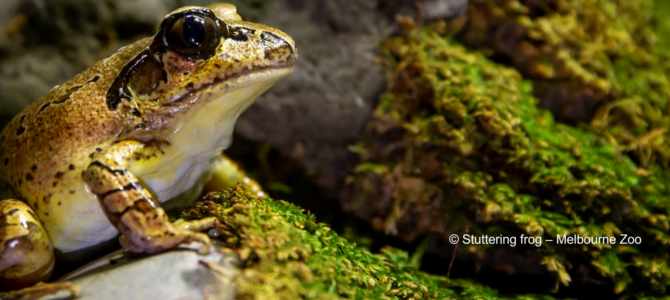Type: Journal Article
Reference: Tang, S., Peel, E., Belov, K., Hogg, C. J., & Farquharson, K. A. (2024). Multi-omics resources for the Australian southern stuttering frog (Mixophyes australis) reveal assorted antimicrobial peptides. Scientific Reports, 14(1), 3991. https://doi.org/10.1038/s41598-024-54522-x
Abstract
The number of genome-level resources for non-model species continues to rapidly expand. However, frog species remain underrepresented, with up to 90% of frog genera having no genomic or transcriptomic data. Here, we assemble the first genomic and transcriptomic resources for the recently described southern stuttering frog (Mixophyes australis). The southern stuttering frog is ground-dwelling, inhabiting naturally vegetated riverbanks in south-eastern Australia. Using PacBio HiFi long-read sequencing and Hi-C scaffolding, we generated a high-quality genome assembly, with a scaffold N50 of 369.3 Mb and 95.1% of the genome contained in twelve scaffolds. Using this assembly, we identified the mitochondrial genome, and assembled six tissue-specific transcriptomes. We also bioinformatically characterised novel sequences of two families of antimicrobial peptides (AMPs) in the southern stuttering frog, the cathelicidins and β-defensins. While traditional peptidomic approaches to peptide discovery have typically identified one or two AMPs in a frog species from skin secretions, our bioinformatic approach discovered 12 cathelicidins and two β-defensins that were expressed in a range of tissues. We investigated the novelty of the peptides and found diverse predicted activities. Our bioinformatic approach highlights the benefits of multi-omics resources in peptide discovery and contributes valuable genomic resources in an under-represented taxon.

